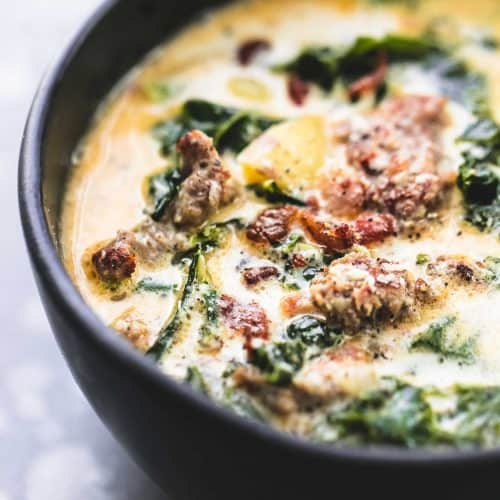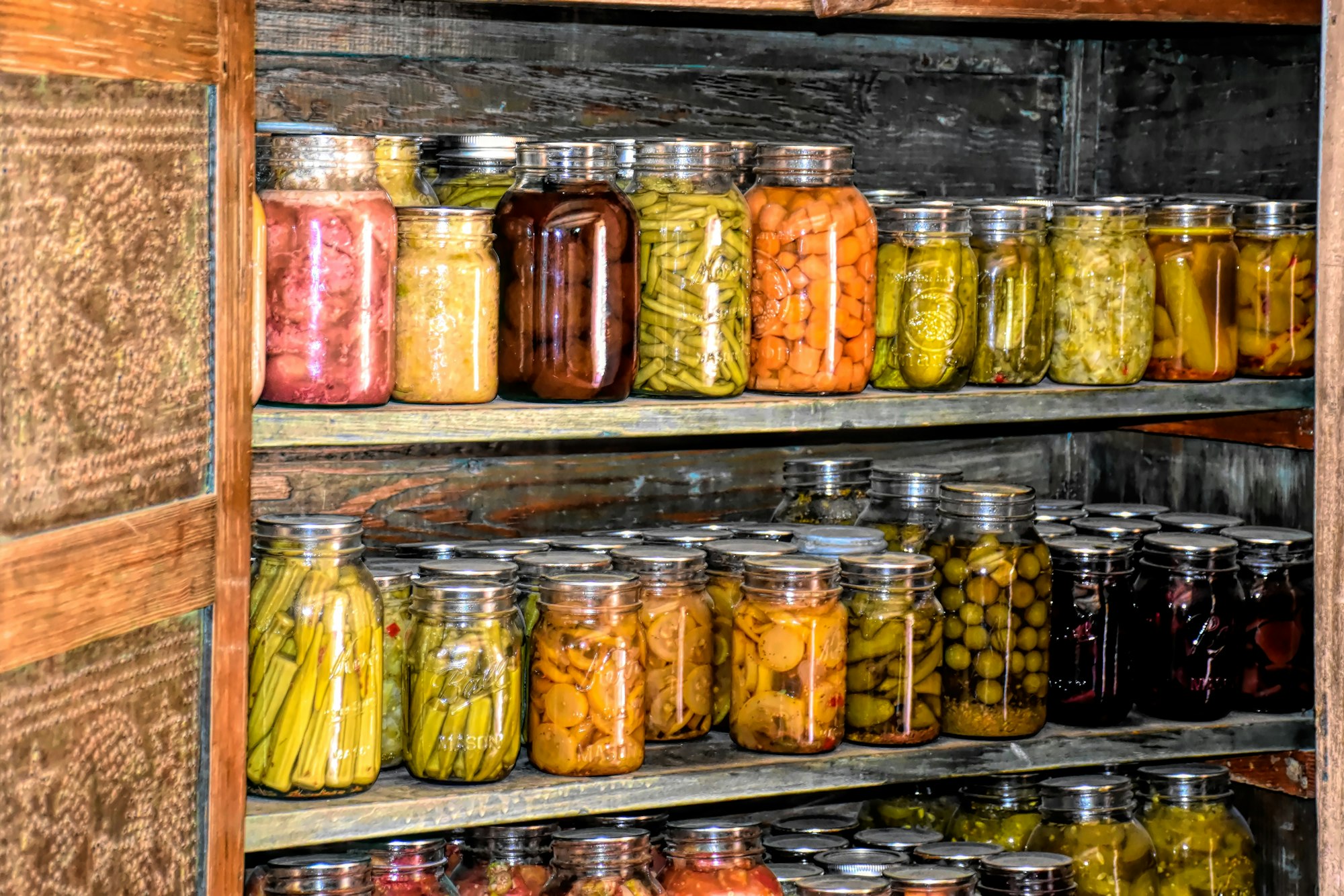When you step out of a grocery store, there are many paths you and your food can take. If you're like my family, most of it is consumed as it touches the kitchen table- with my 5 ravenous monsters pouncing on snacks, produce and treats intended for a full week (or 2 in my optimistic hopes and dreams.) If you're lucky enough to hide the food from hungry eyes, you will find many options of food preservation to extend the shelf life of your grocery store treasures. Some of my favorite preservation methods are Freezing, Canning, Pickling, Fermenting, Dehydration and Curing.
- Mr. freeze…er- Using your freezer or deep freezer is an excellent way to preserve food that your family might not consume in the upcoming week. Cathy Moir, a food microbiologist from CSIRO Agriculture and Food, says that, “Many, many foods can be frozen including bread, leftovers and even milk and unshelled eggs if they are stored correctly. Fresh and refrigerated foods, on the other hand, usually need to be used up quickly and you should always take a chiller bag with you when you are out shopping."
You can freeze most proteins, fresh or day-old bread and nearly all milk products along with most fruits, vegetables and herbs.
Vegetables must be blanched in boiling water first to destroy enzymes and microorganisms and fruit should be sprinkled with sugar to limit enzyme activity (rotting and browning) while frozen. Freezing herbs in water then putting them in ice cube trays allows for quick access when you're wanting to zest up your dishes.
Be cautious when you take out your frozen food to defrost it properly and not let bacteria or heat destroy your hard earned freezing process. Moir says, “Always defrost foods in the fridge to ensure the temperature of the food remains cold."

2. Can it- During harvest seasons, many fruits and vegetables are readily available for immediate consummation and also for saving for leaner months ahead. Making homemade spaghetti sauce and salsa with a bumper crop of tomatoes, buy cherries, peaches and apples from your local farmers market or your local grocery store to make into cobblers and pies, allows these delicious favorites to last all year long.
Canning is a simple process that prolongs the shelf life and kills microorganisms with heat processing. While immersing jars and bottles into a hot water bath, you force air to escape as steam to leave a sterile vacuum.
Canning is accomplished in a large stock (or canning) pot with glass mason jars, tongs to remove the hot glass jars, and air tight lids (don’t forget to purchase new lids or seals for reusable plastic lids, each season to maintain an airless condition and insure the seal in the boiling water bath remains tight.) The West Virginia University Extension Service has a step by step guide for you to start canning adventure.
3. Pickling- In order to keep meats, most vegetables and fruits shelf stable, you can use the process of pickling. Alcohol, acid, salt and sugar in high concentrations create environments that prevent the growth of microorganisms or in the case of alcohol, destroy them completely. Beyond the classic cucumbers, other fruits and vegetables that work well for pickling include: asparagus, cauliflower, beets, bell peppers, blueberries, cauliflower, carrots, cherries, fennel, ginger, garlic, grapes, green beans, mushrooms, onions, parsnips, peaches, peppers, radishes, ramps, rhubarb, strawberries, squash, tomatoes, turnips, and watermelon.
These foods can be preserved using an equal part water and vinegar, and a quarter the salt to sugar. You can add black peppercorns, mustard seeds, garlic and pickling seasoning for a classic pickle flavor or you can swap in other preferred spices. One of my family's favorites is pickled green beans, also known as dilly beans. Here's a fast and delicious recipe. Don't forget to add the leaves from a grape vine to keep your cucumbers crisp!
4. Fermentation- Eating fermented foods helps you maintain your gut flora and balance the millions of bacteria that keep your intestines functioning at maximum capacity. Consuming probiotics, which you get from fermented foods, helps you to maintain the balance of these organisms and provides a variety of benefits to your health; a healthier digestive tract, less sugar cravings, and a boost to your immunity.
Some of my family's favorite fermented foods are sauerkraut, yogurt, fermented vegetables (beets, onions, mushrooms and peppers) kimchi (especially purchased from authentic Korean markets), kombucha, fermented juices, cheese, and drinking vinegars often found at health food stores in little shot bottles.
Try to make homemade yogurt in mason jars, then wrap jars in dish cloths and leave them in your oven overnight. Here is a recipe that keeps us stocked in the yogurt department.
4. Dehydrated sweetness- Food can be dried using warm air or an oven at low temperature , or sealed in a concentrated solution of salt or sugar that draws out moisture by osmosis. There are many different types of dehydrators to take out the moisture of fruits, vegetables, herbs and more and to give you an advantage when looking to preserve your harvests bounties before they spoil. When you're using a dehydrator, make sure there is adequate ventilation and don't overcrowd the food so it has space to breathe on the trays.
It's a good idea not to mix sweet and savory foods in the same batch, as these flavors can transfer (like tomatoes and peaches,) and the aromas can mix in a way that will make the produce unappetizing. Just like you choose the best fruit when making jams and jellies, you will want to choose the best fruit, without blemish or bruising (or removing these when you prepare it in thin slices) and place them on the shelves to dry.
I noticed with my dehydrator, I need to rotate the trays every two hours or so, to help dry all the produce evenly. You can eat your foods dried or rehydrate them for anything from cobblers to pizza sauce. Dehydrated fruits and vegetables require no added sugar or salt or preservatives, plus you get all the fiber of the whole fruit and all the minerals without having it take up as much space in your refrigerator or your pantry shelves.
5. The salt of the earth - Curing as a form of dehydration, began in early cultures and used salt to help dry out foods. The curing of meats and seafood not only preserves the taste and texture but also prevents the growth of harmful pathogens that need moisture to survive. Although most people don't cure as often today, due to space, time and the convenience of purchasing these foods in a market, it can be done by the bold and the brave. With the use of a hydrometer, or carefully mixed measured ingredients from a reliable recipe you can begin the curing process.
Once mixed and placed into a suitable container, the food is submerged in the salt brine. Brine curing usually produces an end product that is less salty compared to dry curing. Injection of brine into the meat can also speed the curing process.
There are many meats which can be enjoyed that your family already is accustomed to such as: salami, hot smoked bacon, pastrami, black forest ham. Pepperoni, prosciutto, chorizo, pancetta, and lardo. Here is a website that will give you instructions to try it yourself.
By using these different methods of food preservation, you can mindfully save and enjoy food through every season of life and find joy in sharing preserves and jars of homemade love with your extended family and friends.
Article by Christina Packard

Christina is the mother of 5. She is a writer and educator for Made Mindful, LLC. Along with gardening, embroidery, and playing the piano and trumpet, she finds thrills in anything DIY or craft related.


